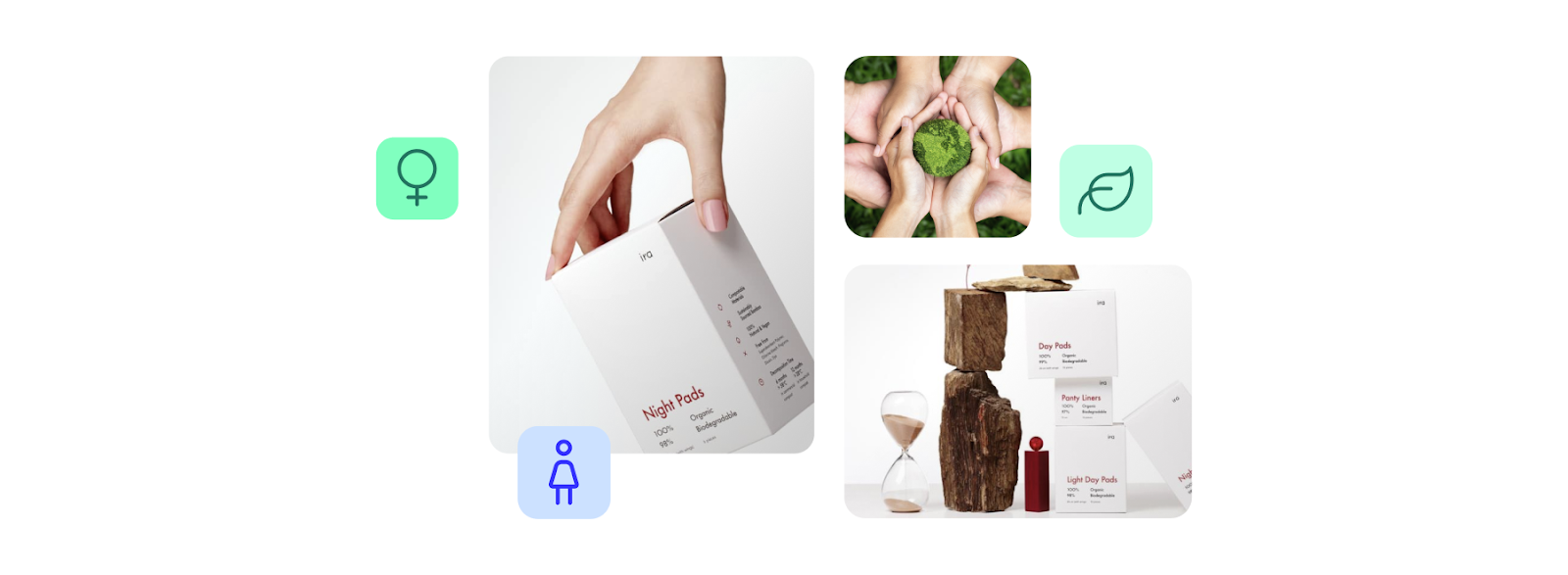Products
For Merchants
For Platforms and Banks
Professional Services
Resources
Help center
-min%202.png)
When we talk about subscriptions, entertainment is probably the first thing that comes to mind. Netflix for younger generations, news and magazines for older ones. But these days, there are subscription services for everything — from meal kits to razors to plants. It is not limited to the entertainment sector anymore. According to the Subscription Economy Index (2021), the subscription economy has grown by 435% over the past decade and is expected to reach a market size of $1.5 trillion by 2025.
More and more industries are adopting the subscription model. But why does it work well? Why do people love to subscribe

In our previous blog about effortless payment, we talked about how the human brain is wired for convenience. It's constantly looking for ways to conserve energy, reduce cognitive load, or simply put, avoid thinking too much. So if we can receive products or services every month without going through the payment process (or even deciding to buy) each time, sign us up!
Coway, a leading water purifier subscription service in Asia, is a great example. In some countries where tap water is not drinkable, each household needs to install a water purifier dispenser. But remembering to change filters every couple of months can be a mental burden, and highly inconvenient.
Rather than managing it themselves, Coway customers simply pay a monthly fee to receive a filtration unit with no upfront cost. The subscription includes bi-monthly maintenance, filter replacements every four months, and free repairs throughout the contract period. With this level of convenience, many people stop buying packs of bottled water and subscribe instead.

Ever wonder why, during Christmas or birthdays, people bring presents wrapped in pretty boxes and bows? It’s because receiving gifts feels amazing. It triggers positive emotions and strengthens social bonds. Plus, unboxing is half the fun.
In a way, subscriptions are like giving ourselves a gift. We anticipate their arrival and still feel excited, even when we already know what’s inside.
For curated subscriptions, the anticipation is even greater. For example, the Good Pair Day wine subscription in Australia and the UK allows customers to fill out questionnaires about their general food preferences to find specific bottles of wine to pair with. Subscribers not only receive bottles at a good price but also get to try new wines every month.

In an age of growing isolation, being part of something larger offers a real sense of belonging. Sure, it’s a membership to a brand—but it’s a brand with a purpose. A philosophy that resonates. And when you join, you’re not just using a product, you’re sharing an experience with thousands of others who value the same things. That connection, however subtle, means something. It reminds us we’re not alone in the way we choose to live.
An environmentally conscious feminine hygiene brand like Ira Concept is an interesting case. Though essential to women’s lives, sanitary products can have a significant impact on the environment. In the US alone, more than 200,000 tonnes of waste are generated from menstrual hygiene products annually. To help address this issue, Ira Concept focuses on creating organic and biodegradable products. Their strong stance offers subscribers more than just the convenience of monthly deliveries, it gives them a shared mission to help protect the planet.
Before launching a subscription model, one crucial decision businesses need to make is selecting the right payment provider. Subscriptions rely on consistent, uninterrupted billing, and even a single payment failure can lead to lost customers.
That’s why it’s important to choose a provider with proven expertise in subscription billing and support for network tokenization. This technology ensures payments stay seamless and secure over time, even if a customer’s physical card is replaced, lost, or expires. Tokens are automatically updated by the card networks, so customers don’t need to manually re-enter their card details. Beyond convenience, it also enhances security by ensuring actual card numbers aren’t stored or transmitted.
At Omise, we're proud to be the first provider in Thailand offering network tokenization. We've helped many businesses build reliable subscription models that run smoothly in the background. By reducing payment failures and boosting security, merchants enjoy more predictable recurring revenue. And for customers, it means uninterrupted service: no declined charges, no expired-card issues, and no awkward emails asking them to update payment details.
Considering a subscription model for your business? Discover how Omise can support you here.
Sources
Ilgar, Ö. (2025, January 16). The rise of subscription economy: a win-win for consumers and businesses. ERP Today. https://erp.today/the-rise-of-subscription-economy-a-win-win-for-consumers-and-businesses/
The psychology of subscription: Why do we subscribe? (2024, January 5). Pivotal. https://www.drivepivotal.com/blog/uncategorised/the-psychology-of-subscription-why-do-we-subscribe/
Santi, A. (2025, March 6). Pads, pants or cups: Which period product is the most climate-friendly? https://www.bbc.com/future/article/20250305-what-is-the-most-sustainable-period-product